
Pollination in corn is the act of transferring pollen from the tassels to the emerged silks of the ear.

Pollination in corn is the act of transferring pollen from the tassels to the emerged silks of the ear.
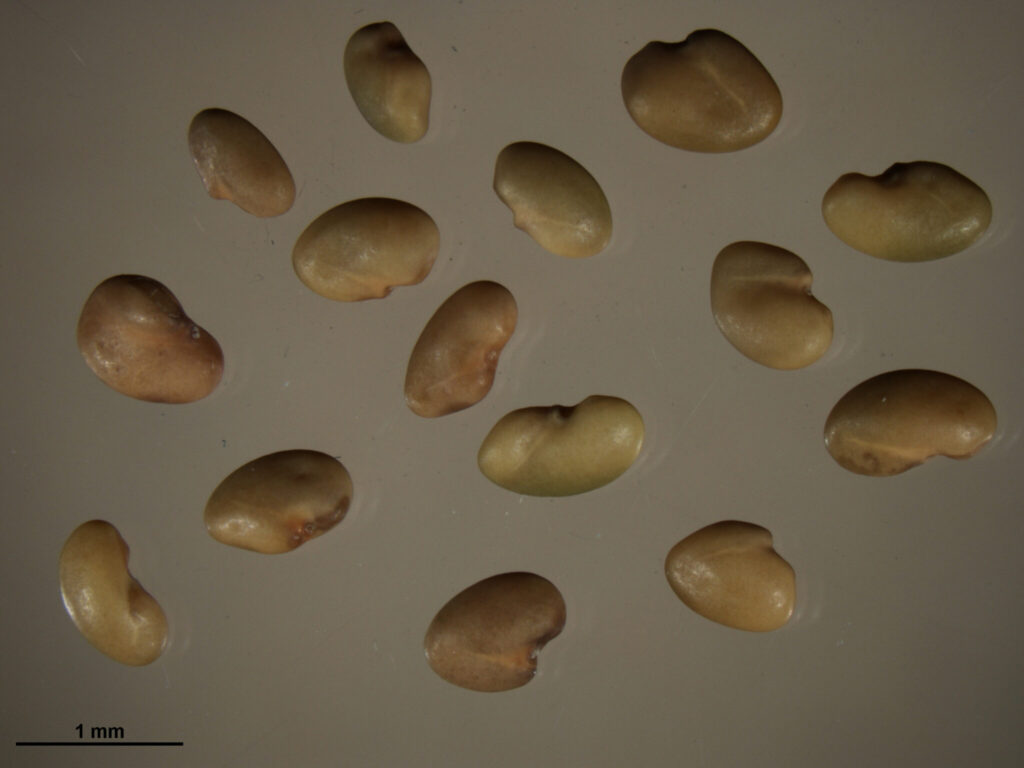
I was asked to come to a field in early April many years ago by a young producer.
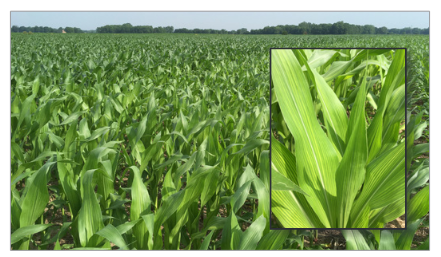
In recent years, sulfur (S) deficiency has been diagnosed in corn, soybean, alfalfa, and wheat in the Midwest, including Indiana and Michigan.
This web page offers a compilation of drought and heat stress-related articles and resources below specific to field crop production written by crop experts from around the U.S. corn belt.
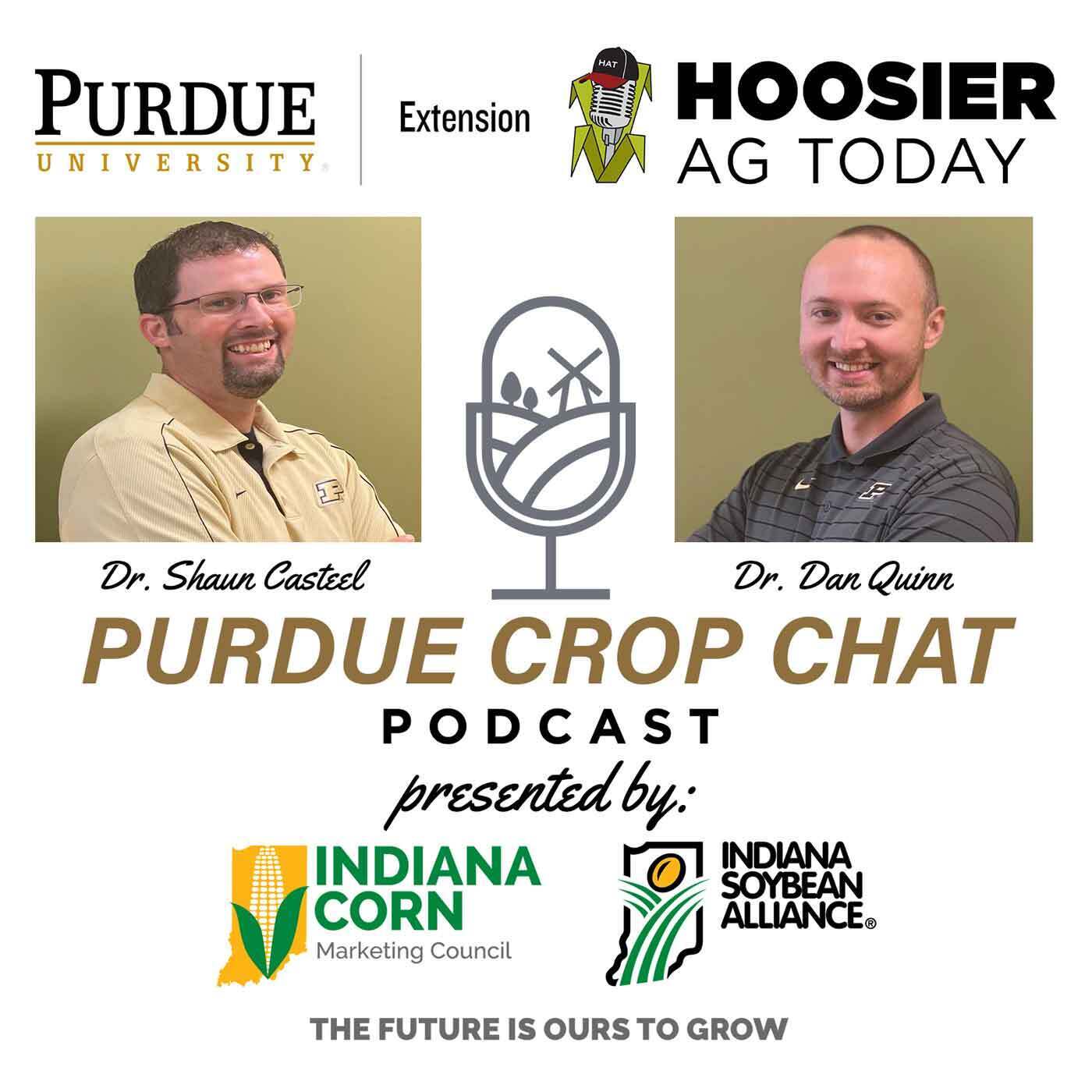
Thanks for listening to Purdue Crop Chat, a regular podcast from Hoosier Ag Today and the Purdue University Extension Service, featuring Purdue Extension soybean specialist Dr. Shaun Casteel and Extension Corn Specialist Dr. Dan Quinn.
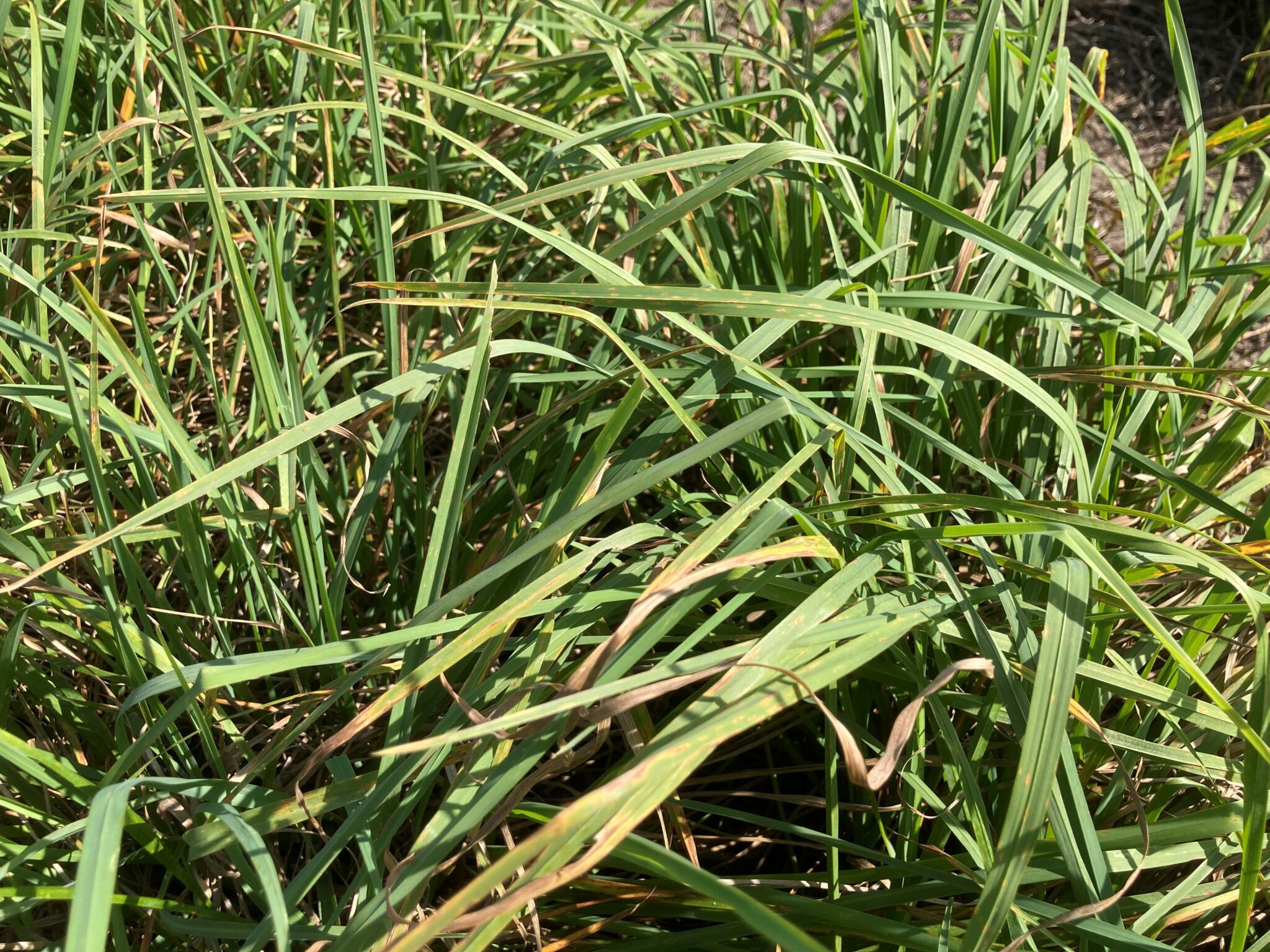
To reach full potential of the forage-livestock business, Mother Nature must comply with provision of excellent growing conditions, but the manager (you) must be part of a successful team with Mother Nature and trained forage-livestock personnel.
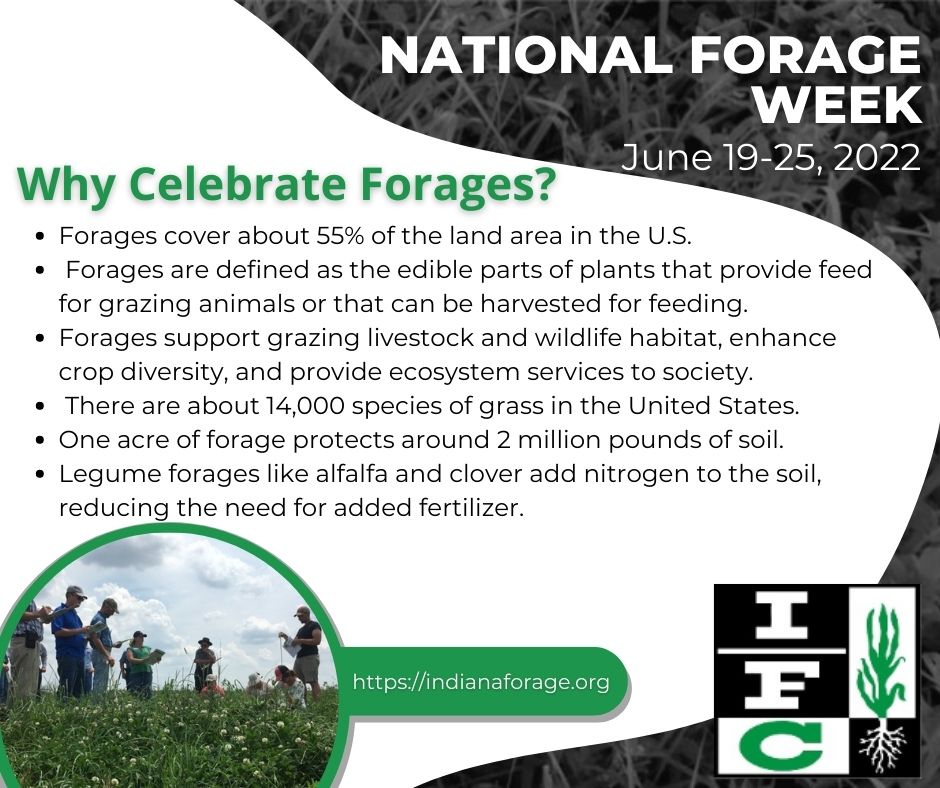
National Forage Week was last week (June 19 – 25).
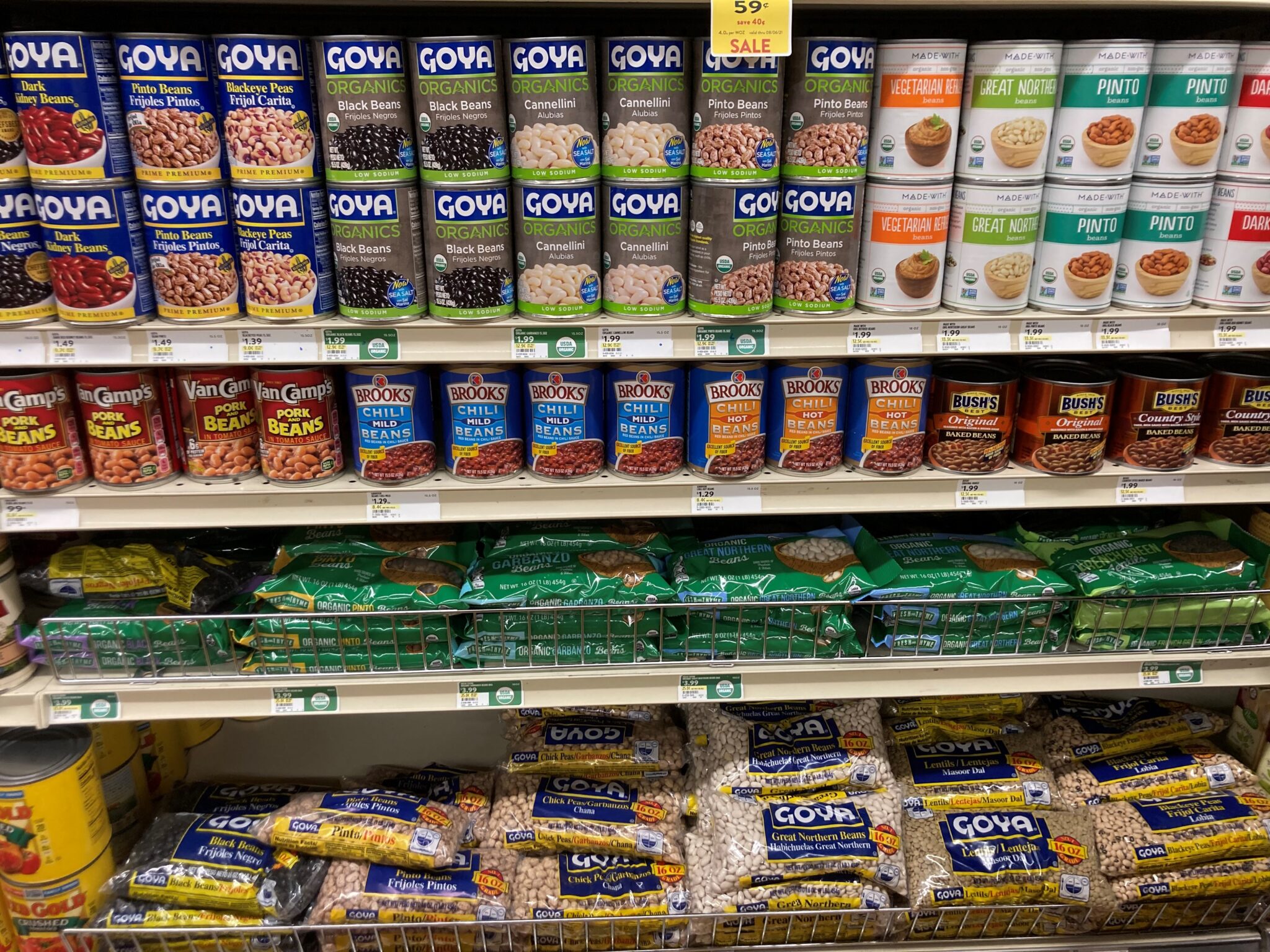
Many times I get frustrated when I go to the grocery store.
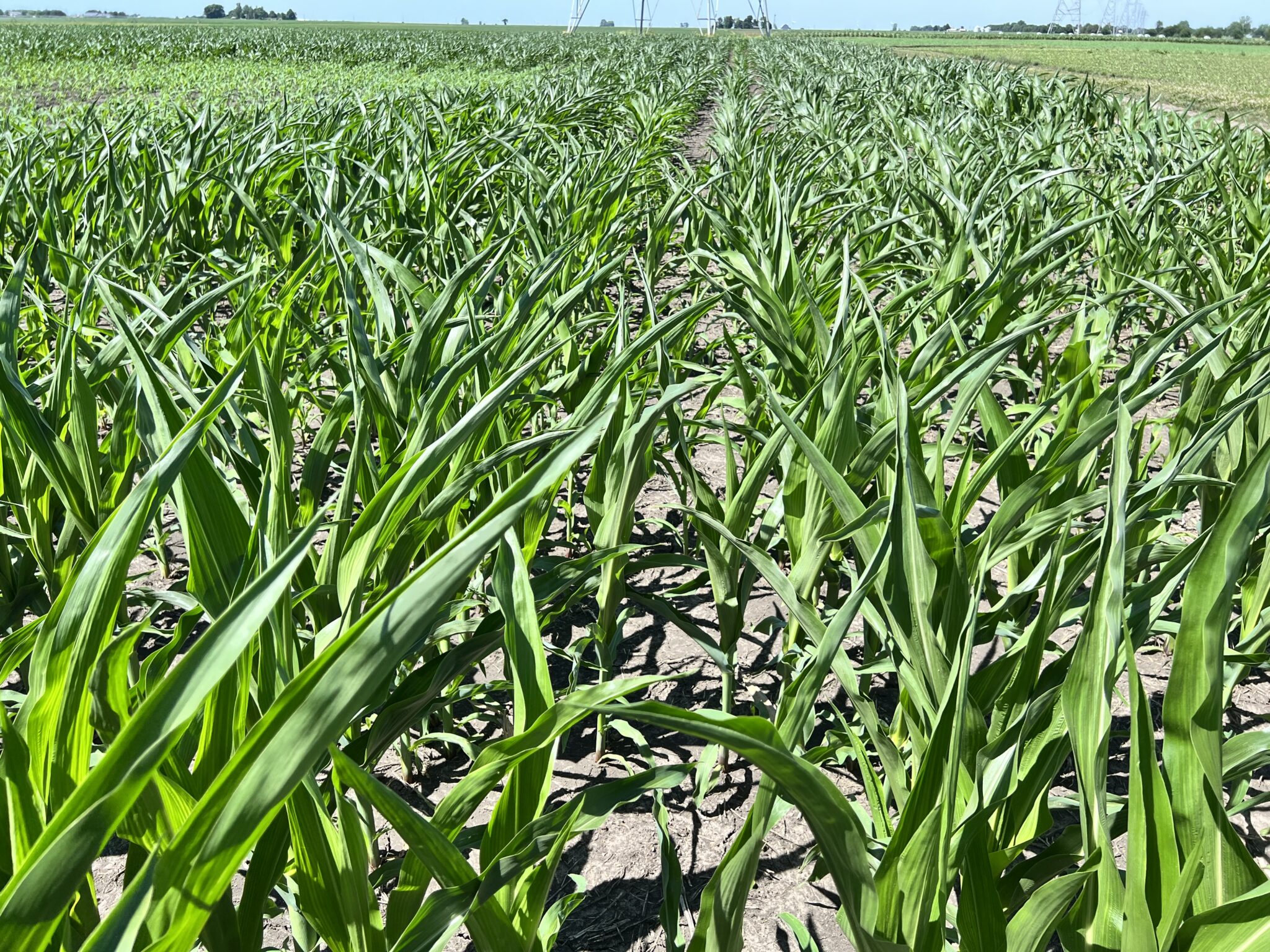
Max air temperatures for central and southern Indiana averaged 89- and 90-degrees F, respectively for the week of June 12th, 2022 which measured 10% above the 30-year average. In addition, air temperatures of 96-degrees F and above were observed during the week and record max air temperatures for this point in the season were observed in multiple locations across Indiana. Unfortunately, similar high temperatures are expected for the week of June 20th, combined with minimal chances for precipitation. Therefore, as high temperatures continue to persist and soils begin to dry out, this begs the question of what will happen to the corn crop? And, should I be concerned? The good news is that corn originated from a tropical grass and has been observed to withstand temperatures upwards of 112-degrees F for short periods, with plant growth typically decreasing when temperatures exceed 95-degrees F (Thomison, 2016). Therefore, temperatures in the[Read More…]

This week, high late-spring temperature occurred in the Midwest. A brief respite from the heat is predicted to occur, but high temperature quickly comes back again with no rain predicted to happen.
© 2025 Purdue University | An equal access/equal opportunity university | Copyright Complaints | Maintained by Pest&Crop newsletter
If you have trouble accessing this page because of a disability, please contact Pest&Crop newsletter at luck@purdue.edu.